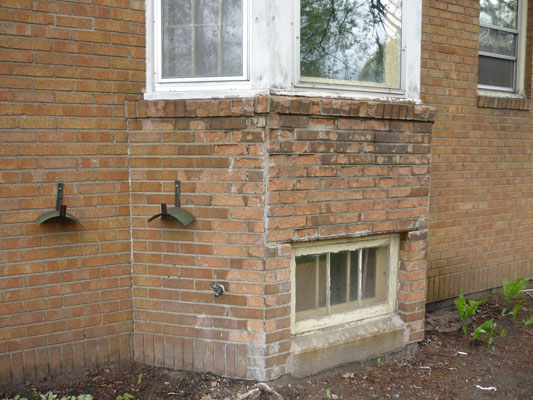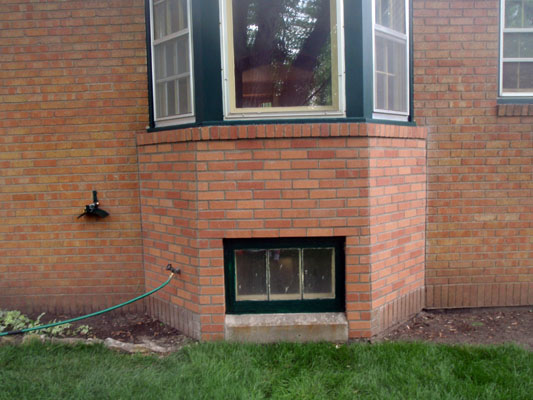Masonry Restoration

Brick Veneer
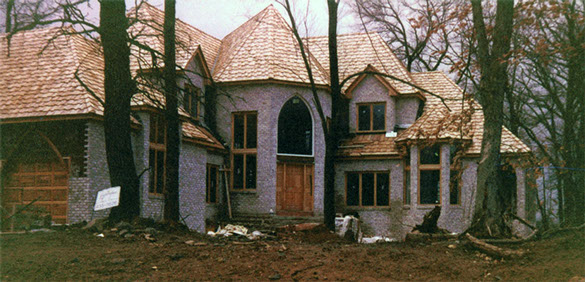
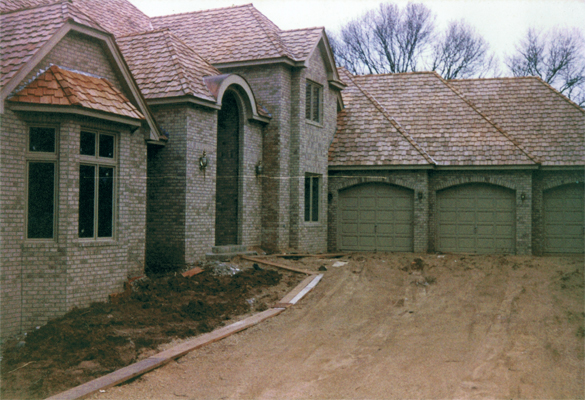
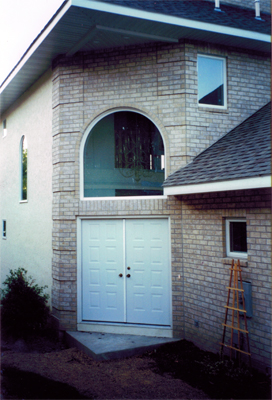
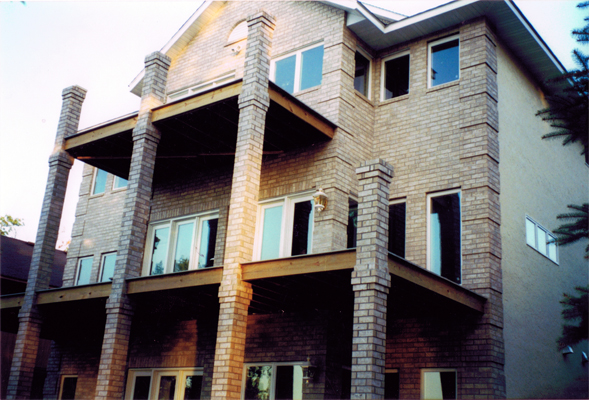
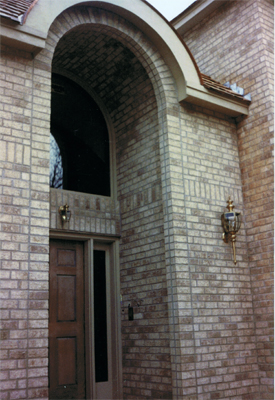
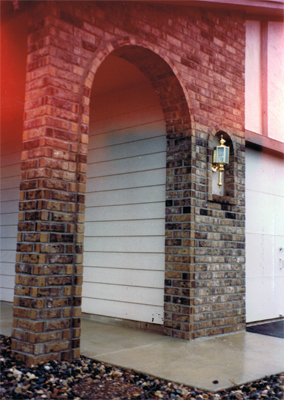
| Before | After |
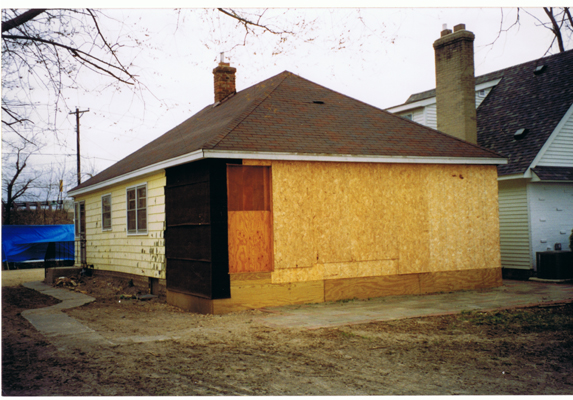

| Before | After |


Brick Walls
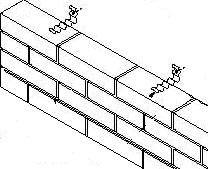
Many wall repairs are due to water intrusion and/or lack of wall ties.
Water can enter a brick wall though:
- Open or broken mortar joints.
- Sandy mortar joints which have lost their cementacious value.
- The top of the wall if it is not topped properly with angled rolocks or flashing
Brick veneers often bow out from the wall below stucco. This happens when there are no wallties present and the wall is not capped properly with rolocks or flashing.
Rolocks
Often referred to as sill-brick, these are half bricks turned on their side, install at the top of a brick wall with a positive downward angle to shed the water away from the house or building. Today's modern houses have rolocks with a steep angle and flashing installed above.
Wallties

Wallties are thin metal strips installed between the brick with one end mailed into the lumber to fasten the brick veneer to the house or building.
Many house and buildings built before the 1950's did not use wallties
Brick veneer without wallties will often bow out in the middle of the wall before falling; the corners always remain in place.
This is more common on the two long sides of a building, with a longer span between the corners.
